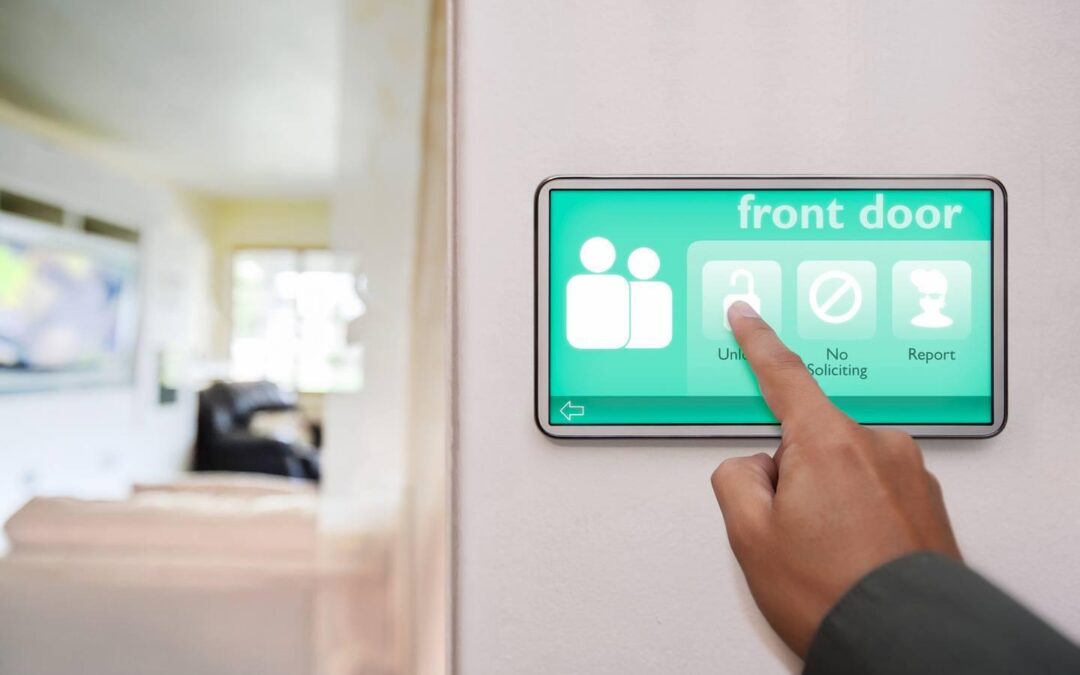Keeping your loved ones secure is one of the utmost concerns in every family. Whatever neighbourhood you live in, threats can be in any form, whether they are wrongdoings from sketchy individuals or the unavoidable forces of nature.
Home security may seem available to the masses, but not everyone can find the right system. How can you set up a system to keep the family and home safe? To figure that out, let us explore the different technologies.
- Video Surveillance
Video surveillance is among the basics of a home security system. If a picture is worth a thousand words, then video footage is so much better. You’ll have a full set of eyes on your surroundings without sitting and monitoring.
Not only is the footage fed to you live, but it can also be recorded for playback and analysis. They hold such an advantage wherein you can either prevent something bad from happening or solve a problem that just occurred. Video surveillance is only possible through cameras.
CCTVs are the most common type of video surveillance. There are tons of designs depending on the range of vision, the camera movement, and the quality of footage captured. Doorbell cameras are also effective in establishing security right before a potential danger enters your premises.
Baby monitors are popular to ensure that your kids are safe and sound either by themselves or with your nannies or relatives. Pet cameras situated at the door can monitor whether your pet has run off or remained inside in a healthy condition.
Video surveillance can assure you that things beyond your control at the moment remain secured. The video footage you have gives you the option to act on them through automated devices, such as alarm systems or locking mechanisms, or by manual means.
- Home Alarm System
There can be times when a home alarm system is more comforting than having video surveillance alone. Alarm systems can create something to gain your attention. In that way, you will be aware of a danger or an emergency.
Home alarm systems can be in the form of detectors of various aspects: motion, noise, heat, metal, smoke, and more. Advanced systems utilize the data from video surveillance and send them to alarm systems to decide whether to notify you of the situation or not.
Although most home alarm systems capture the happenings within your home, there are systems already existing that focus also on the danger outside. Examples of such danger are storms or fire. Having such a system can also be advantageous since you don’t need to observe the screen footage from a CCTV anymore constantly.
- Smart Home Devices
When you want a multifunctional system for more security, smart home devices are perfect. From lighting, locking, thermostats to entertainment centers, smart home devices manage many sensors and appliances.
These devices are also capable of integrating video surveillance and house alarm systems with just a few clicks. One of the notable companies that supply such devices is TELUS. Not only this system is easy to manage, it can also update you on the status of your home security system while you are away.
For example, if there is a fire outbreak, smoke detectors will trigger. With the program of the smart home system, valves for putting out the fire are enabled. At the same time, the fire station is alarmed, and ventilation will work harder to release smoke.
Another example is when you forget to turn off the appliances and light inside as you go out. You can simply program your smart home device to do such a task on your behalf either through the sensors or do it yourself remotely.
Final Words
Home security devices can contribute a lot to your and your family’s security. but they are not cheap. The more features a security device has, the more expensive it gets. It’s up to you to figure out if your security systems are enough for your home security. Consult our home security expert.



